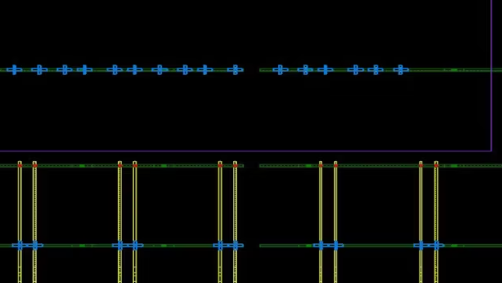A frequent topic at events like the Interactive Technology Summit (ITS) is the increasing presence of sensors in phones and other gadgets. But it’s reasonable to ask how many of those sensors will be needed by the majority of people. It’s kind of an 80/20 thing, and the obvious follow-on question is, what to do about the 80% of sensors that 80% of the people don’t need?
One company presenting at the ITS was Variable; they introduced their Node+ sensor platform, which implicitly contains one answer to this partitioning question. They see phones as taking on the following sensors:
- Accelerometer
- Gyroscope
- Magnetometer
- Ambient Light
- Proximity
- Fingerprint
- Microphone
- Camera
- Humidity
- Barometer
- GPS
And, far from being an 80/20 thing, they see these as satisfying 99% of phone users. But there are still “professionals” that will need sensors beyond these, many being very specialized. Rather than burdening the entire phone with them, they would be external, leveraging the phone as a platform for apps that communicate with the external sensors. They listed the following as opportunities for such sensors (with my parenthetical comments):
- Vibration (phones might theoretically be able to do this, but the sensor ranges and quality may not be sufficient)
- Motion tracking (actually, this is already being done in phones, to some degree…)
- Temperature (although there’s probably a good chance many could use this…)
- Force
- Color
- Gases
- Radiation
- Medical
- Noise
- Air flow
- Distance
They’ve done yet another partition by separating out what they call the platform from the sensors themselves. The sensor contains the transducer and analog front-end (AFE). The cleaned-up analog signals are delivered to the platform, which, in conjunction with the phone (attached via BlueTooth) handles analog-to-digital conversion, local processing via firmware on a microcontroller, and an application layer (and possible connection to the cloud). The platform (below), a small cylinder, can accommodate two sensors – one at each end.
(I was hoping to include pictures, but I received no response to my request for permission to use their images.)
The sensors themselves are sold separately (with the exception of a 9-axis motion sensor within the platform). Currently-available modules include (shown in order below), a “luma” module for lighting a scene (seems more of an accessory than a sensor), a remote “therma” thermometer, a weather/environment “clima” sensor, a color-matching “chroma” sensor, and an “oxa” gas detector capable of sensing CO, NO, NO2, Cl2, SO2, and H2S.
Of course, this kind of partitioning may involve more than a technical breakdown of the 99/1 rule. Other critical factors would likely include simple business model considerations (higher revenue by selling attachments) and control: they don’t control what goes into the phone. If phone makers decide that there is value to some of these (like, for instance, the weather sensor) for the 99%, and if they think they can differentiate their phones with them, then a separate module will look less attractive.
So this partitioning is likely to shift with the vagaries of the market.
You can find more at Variable’s website.




